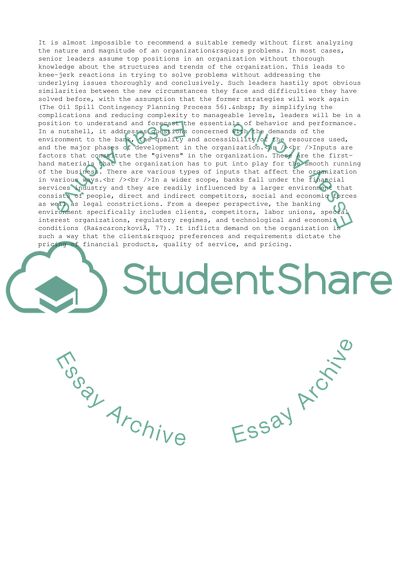Cite this document
(An Organizational Review of the Banking Industry Case Study Example | Topics and Well Written Essays - 1500 words, n.d.)
An Organizational Review of the Banking Industry Case Study Example | Topics and Well Written Essays - 1500 words. https://studentshare.org/management/1851177-change-management
An Organizational Review of the Banking Industry Case Study Example | Topics and Well Written Essays - 1500 words. https://studentshare.org/management/1851177-change-management
(An Organizational Review of the Banking Industry Case Study Example | Topics and Well Written Essays - 1500 Words)
An Organizational Review of the Banking Industry Case Study Example | Topics and Well Written Essays - 1500 Words. https://studentshare.org/management/1851177-change-management.
An Organizational Review of the Banking Industry Case Study Example | Topics and Well Written Essays - 1500 Words. https://studentshare.org/management/1851177-change-management.
“An Organizational Review of the Banking Industry Case Study Example | Topics and Well Written Essays - 1500 Words”. https://studentshare.org/management/1851177-change-management.


